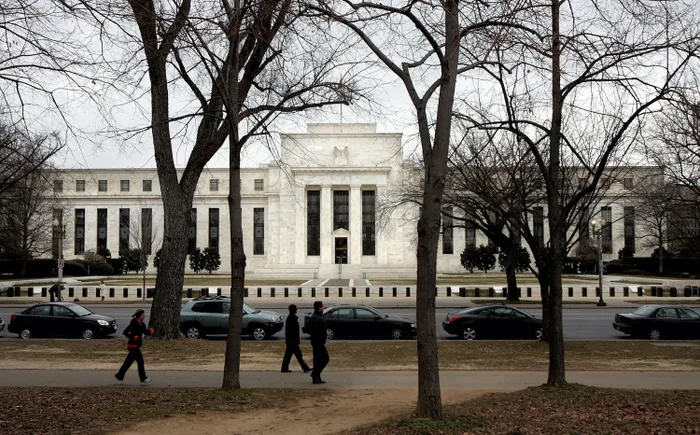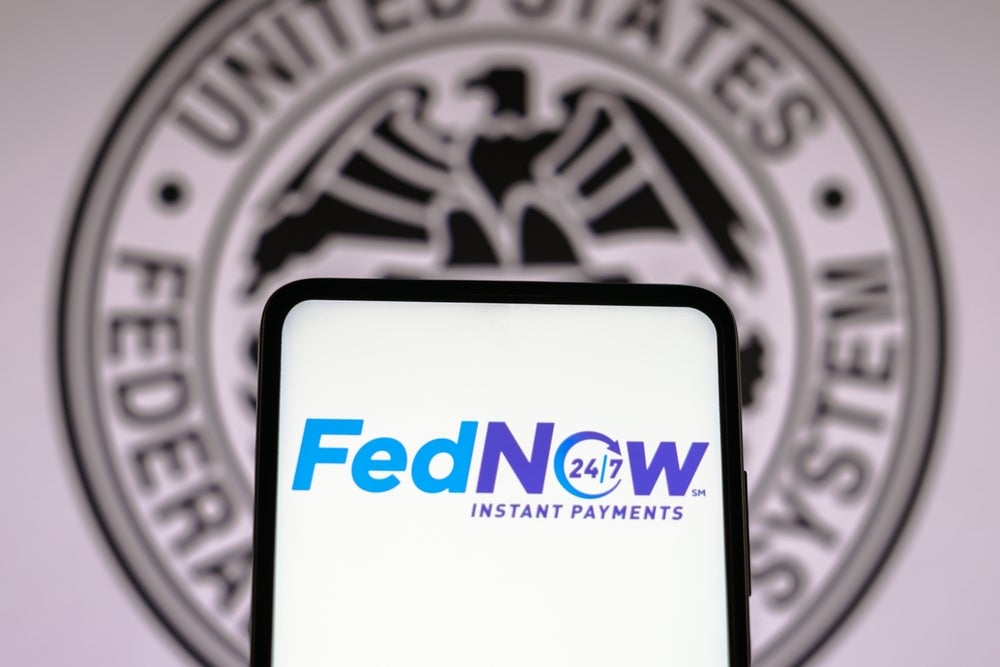


The Federal Reserve plays multiple roles in the payments system, including as a supervisor of banks and financial market utilities and as an operator of key components of payments infrastructure. The FedNow Service, introduced in July 2023, aims to facilitate secure and convenient instant payments, allowing for transactions to be completed in seconds, contrasting sharply with traditional payment methods that can take days [2b633b57].
In its first full year of operation, FedNow incurred approximately $246 million in operational costs for 2024, with a slight decrease expected to $245.5 million in 2025. Development costs were around $100 million in 2023. Despite these expenses, experts argue that the costs are justified due to the economic drag caused by slower payments, which Jim Angel, a Georgetown University professor, estimates could impact the economy by 1% to 3% [d0526740].
The introduction of the FedNow Service reflects the Federal Reserve's commitment to modernizing the payments system and meeting the evolving needs of consumers and businesses. By enabling faster payments, FedNow has the potential to enhance economic efficiency and support innovation in the financial industry. As of Q3 2024, FedNow's payment volume surged to $17.5 billion with 336,487 transactions, a significant increase from $492.3 million and 164,000 transactions in Q2 2024. The average transaction value also rose dramatically to $190.12 million [d0526740].
However, the implementation of instant payment systems also poses challenges. Ensuring the security and resilience of the infrastructure, addressing potential risks such as fraud and cyber threats, and promoting interoperability among different payment systems are key considerations in the development and adoption of instant payment solutions. According to a report by RedCompass Labs, 63% of US corporate bankers experience significant or overwhelming demand for instant payments from their corporate customers, yet less than a third of US banks are signed up to RTP and FedNow, meaning they can offer instant payments as a service [120694e4].
The existence of Zelle, Venmo, Cash App, PayPal, and other wallet services has dampened US banks' appetite for implementing instant payments, with 98% of banks experiencing some form of impact. Legacy systems, concerns about updating core infrastructure, and choosing between RTP and FedNow are cited as barriers to adoption. The top benefits of instant payments for corporates are payment certainty, improved customer experience, and working capital optimization. Nearly all US banks surveyed plan on monetizing their real-time payments service and passing costs to their corporate clients. Interoperability and awareness of ISO 20022 are also priorities for US banks. The delay in adopting instant payments by US banks allows fintechs to grab market share. To compete globally, the US needs to adopt instant payments to accrue the benefits of cash flow and reduced working capital. Banks that lead in instant payments and overlay services will gather greater market share as US companies apply these tools to productivity and growth [1d5dc740].
The article highlights the challenges and complexities involved in implementing instant payment systems on a large scale. While instant payments offer numerous benefits, including speed and convenience, the importance of security in real-time payments cannot be overlooked. The industry is recognizing the significance of security, with 40% of firms prioritizing it in real-time payments. As the adoption of real-time payments continues to grow, it is essential to address security concerns and ensure a secure and inclusive payment ecosystem [1d5dc740].